This book focuses on the discoveries and inventions of the ancient Viking civilization in the areas of transportation, agriculture, architecture, science, and technology.
transportation
My Big Book of Spanish Words
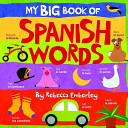
Introduces children to English and Spanish words and pictures for colors, numbers, animals, and more.
Brazil the Land
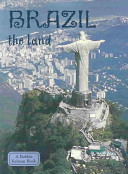
Text and photographs portray Brazil’s geography and climate, city and rural life, industry, and transportation, focusing especially on the Amazon and the people and animals that live on the river.
The Rain Train
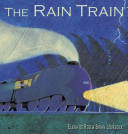
All aboard! Take a train ride through a storm at night in a rhythmic readaloud chugging with sound words and full of striking illustrations. A pitter-pat-pat, a pitter-pat-pat, A pittery-pittery-pittery-pat. When it’s thundering down on the roof, in the lane, From the storm comes the call . . . “All aboard the Rain Train!” What child wouldn’t like to hop on a train, hand over his ticket, and set off on an exciting ride through a rainy night? Safe from the elements, a young boy listens and watches in his seat, in the dining car, and snug in his sleeper as his train whooshes past city lights, over rivers, through tunnels, and straight on to morning.
People of the Trail: How the Northern Forest Indians Lived
Describes the family life, games, hunting and fishing techniques, homes, clothing, beliefs, and means of travel of the Indians of the Northwest.
Getting There
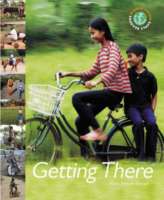
This book depicts children and adults engaging in many of these modes of transportation in diverse cultural settings.
People and Cities (China: Land, Life, And Culture)
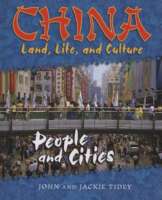
Learn about the people and cities that have emerged over thousands of years in China’s ancient and complex society.
Let’s Go for a Ride
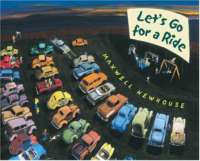
A whimsical, quirky, and very personal history of cars. In the early days, cars were primarily a source of recreation. They shared unpaved roads with horses and wagons, and when they ran out of gas — which was often because there were few gas stations — horses had to pull them home. Driving mania soon began to shape the landscape. Cars begat gas stations, which sparked the popularity of family camping, going to the drive-in, and fast food. They even spawned bridges so that people could ford rivers in the comfort of their cars.
And The Train Goes…
As assorted passengers comment on their train ride, and the train itself goes “Clickerty click, clickerty clack,” the station parrot is carefully listening to every sound.
Escape From Botany Bay: The True Story Of Mary Bryant
In 1791, after being transported to Australia in the first shipment of convicts, Mary Bryant, her husband, two children, and seven other convicts, unable to endure the terrible conditions of the penal colony, organize a daring escape in an open boat.
